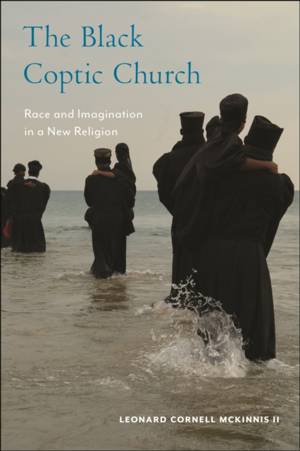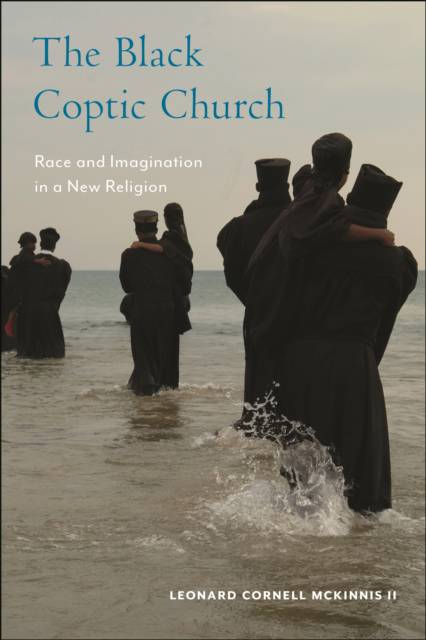
Je cadeautjes zeker op tijd in huis hebben voor de feestdagen? Kom langs in onze winkels en vind het perfecte geschenk!
- Afhalen na 1 uur in een winkel met voorraad
- Gratis thuislevering in België vanaf € 30
- Ruim aanbod met 7 miljoen producten
Je cadeautjes zeker op tijd in huis hebben voor de feestdagen? Kom langs in onze winkels en vind het perfecte geschenk!
- Afhalen na 1 uur in een winkel met voorraad
- Gratis thuislevering in België vanaf € 30
- Ruim aanbod met 7 miljoen producten
Zoeken
€ 51,95
+ 103 punten
Uitvoering
Omschrijving
Provides an illuminating look at the diverse world of Black religious life in North America, focusing particularly outside of mainstream Christian churches
From the Moorish Science Temple to the Peace Mission Movement of Father Divine to the Commandment Keepers sect of Black Judaism, myriad Black new religious movements developed during the time of the Great Migration. Many of these stood outside of Christianity, but some remained at least partially within the Christian fold. The Black Coptic Church is one of these. Black Coptics combined elements of Black Protestant and Black Hebrew traditions with Ethiopianism as a way of constructing a divine racial identity that embraced the idea of a royal Egyptian heritage for its African American followers, a heroic identity that was in stark contrast to the racial identity imposed on African Americans by the white dominant culture. This embrace of a royal Blackness--what McKinnis calls an act of "fugitive spirituality"--illuminates how the Black Coptic tradition in Chicago and beyond uniquely employs a religio-performative imagination. McKinnis asks, 'What does it mean to imagine Blackness?' Drawing on ten years of archival research and interviews with current members of the church, The Black Coptic Church offers a look at a group that insisted on its own understanding of its divine Blackness. In the process, it provides a more complex look at the diverse world of Black religious life in North America, particularly within non-mainstream Christian churches.Specificaties
Betrokkenen
- Auteur(s):
- Uitgeverij:
Inhoud
- Aantal bladzijden:
- 256
- Taal:
- Engels
- Reeks:
- Reeksnummer:
- nr. 3
Eigenschappen
- Productcode (EAN):
- 9781479816460
- Verschijningsdatum:
- 25/07/2023
- Uitvoering:
- Paperback
- Formaat:
- Trade paperback (VS)
- Afmetingen:
- 150 mm x 226 mm
- Gewicht:
- 421 g

Alleen bij Standaard Boekhandel
+ 103 punten op je klantenkaart van Standaard Boekhandel
Beoordelingen
We publiceren alleen reviews die voldoen aan de voorwaarden voor reviews. Bekijk onze voorwaarden voor reviews.









